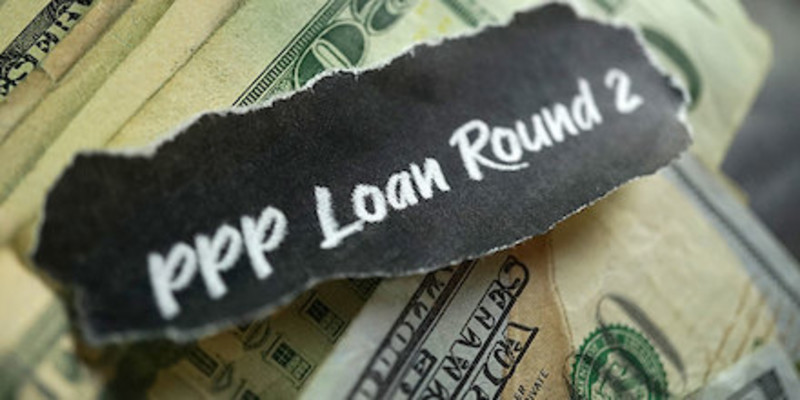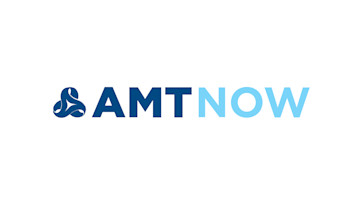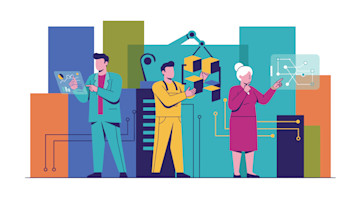“The Employee Retention Credit rewards business owners for keeping employees on the payroll,” says tax policy expert at the alliantgroup, Rick Lazio, who is also a former Congressman from New York. “Congress intended businesses to use this tax credit to gain cash by offsetting or eliminating payroll tax, hire more employees, restore supply chain and vendor relationships, and more.”
Tax experts at alliantgroup have helped more than 20,000 businesses get $13 billion in tax incentives. Over 16 million U.S. businesses, including manufacturers and machine shops, can qualify. A company with 20 employees could potentially claim $500,000.
“The manufacturing industry is the backbone of our country’s economy, and Congress has expanded this credit to ensure business owners are taking advantage of this opportunity to start anew and get our country back on track,” says Myron Moser, chairman of the board at Hartfiel Automation.
You’ll want to act soon. Currently, businesses can claim ERC through the end of 2021.
What Is the ERC? Introduced as part of the Coronavirus Aid, Relief, and Economic Security (CARES) Act in 2020, the ERC has been expanded since the passing of the Consolidated Appropriations Act of 2021 in December 2020. It rewards business owners for keeping employees on the payroll throughout the pandemic. It allows businesses to take advantage of this tax break for quarters two, three, and four of 2020 and all of 2021.
Misconceptions In March of this year, Forbes contributing writer Dean Zerbe wrote about the ERC expansion in “Top 10 Mistakes of Business Owners and Their Advisors.” In August, Moser published “Everything Manufacturers Need to Know About the ERC,” pointing out the two lanes to qualify: revenue and disruption. He also lists seven misconceptions. You can qualify even if you:
1. Filed a claim through the Paycheck Protection Plan (PPP) and had your loan forgiven.
2. Had a 20% or more revenue reduction, updated from a 50% drop.
3. Experienced a qualified disruption, such as:
full or partial government-mandated shutdowns
decrease in working hours to sanitize facilities
supply chain disruptions
inability to work with vendors and access equipment
shift in hours of operation
4. Are not deemed an essential business
5. Had business growth during the pandemic
6. Have sales on track
7. Have 500 employees that are less than the full-time equivalent – working 30 hours or more per week.
“Manufacturers are busy and may not think they qualify, but this tax credit is available to help them strengthen their companies and America’s workforce. I encourage all manufacturers to look into the ERC,” says Lazio.
To learn more about ERC, contact your accountant or visit the alliantgroup ERC site.






